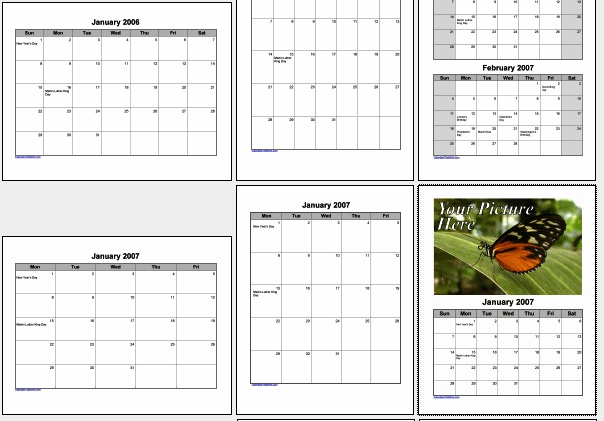If I ask a person, “What time is it?” Normally they will respond with an answer that includes hour and minutes such as, “It’s 5:45.” The clock and the watch have trained us to think of time in terms of minutes and hours. While we don’t normally count time in terms of the second hand, our watches usually provide us with the ability to count seconds as well.
While this is one way of thinking about time, it has actually limited our field of sight by reducing the vast ways we should think about time. We think we are managing minute blocks of time, so we scribble on our calendars and PDAs and Blackberrys, 30 minute meetings, 60 minutes meetings, and so on. But the idea of time management is much more ancient than trying to follow a hectic schedule that may or may not have any lasting sginificance.
A better way to think about time and time management might be in terms of calendar instead of clock. Eugen Rosenstock-Huessy suggested that if you want to understand people from a given point in history, you should look at their calendars. What days and weeks do they observe as significant?
Calendars teach us that for over several millenia, people have counted time in terms of significant points in time. They associated meaning with specific points in time. For example, two of the oldest points in time that people have counted are the spring and fall equinox. Planting and harvest are activities that took place during these events, but the activity is hinged with significance beyond simple survival.
The spring and fall equinox were “times” to exercise tribal memory. Consider Halloween. This ancient holiday has had different names and manifestations, but it has consistently remained a time for remembering. The idea of dressing as skeletons or ghouls would be a connection with some Celtic traditions of looking back to ancestors or spirits that have not freely entered into rest.
So the calendar provides a way of remembering. In the church, the liturgical calendar is rooted in memory. Not simply memory as thoughts but memory as action. We remember the birth of Christ by certain activities. We mark the memory. We build a monument in time: a memorial. This memorial serves as a reminder for who we are and the community that helps to define us.
As long as we are limited by minutes and hours, we do not have the ability to really see time: past and future. This infatuation with measuring and controlling small bits of time, limits our ability to really understand who we are, where we are and what we are supposed to do. As a result, we become slaves to the urgency of the moment. And in one sense, time then becomes captive to space.
We search for significance in timeless space such as nicer cars, bigger houses, more stuff. Without the weightiness of time, this stuff is empty. Simply look at the latest foible of some rich and foolish to see the emptiness of lots of stuff with no weighty significance of time.
A healthier understanding of time moves between the past and the future through memorials. By looking back and forth, we might begin to see larger epochs of time. We might think in terms of years, decades and even centuries. Our grasp of time and our call to act in time will move us beyond actions that benefit us in this moment, this hour, this minute. Rather, we learn to act in ways that anticipate, and create a future that extends far beyond us.
Obviously, this way of thinking and acting is not appealing if I need immediate satisfaction. If I am in fact a slave of space, and I want my moment in the sun now, I will not see any value in acting in ways that benefit the future or in some ways complete the past.
But if I want to act and speak in ways that are rooted in the weightiness of time, I must rethink the way I approach time and the way I respond. To help us better understand where we are and what we are to do, we can draw from Eugen Rosenstock-Huessy’s cross of reality and think in terms of moving in four directions: past, future, inner and outward. These four directions encompass time and space.
To think more about the relation of time and human, I will write the next post on life-time.
